FUJISAN sake cup by Yanashita Hideki
FUJISAN sake cup by Yanashita Hideki
Couldn't load pickup availability
Width 7.2cm x Height 6.4cm
Work by Toki Yanagishita — Silence and space in the palm of your hand
A reconstruction of Koetsu's "Fujiyama" born from a deep respect for the artist
The White Fujiyama Sake Cup by Yanagishita Tokiki is a work born from a deep respect for Fujiyama, a masterpiece by Honami Koetsu, a master of art from the early Edo period, and a contemporary reinterpretation of its form. Koetsu's Fujiyama is particularly symbolic among the Raku tea bowls designated as national treasures, and was given its name because its milky white glaze is reminiscent of the snow on Mount Fuji. With his unique aesthetic eye, Yanagishita has condensed the spirituality of this famous bowl, which combines wabi and gaiety, stillness and movement, into a vessel smaller than a sake cup, creating a true "Fujiyama in the palm of your hand."
This sake cup is not merely a miniature or imitation of a tea bowl, but was created based on an independent design concept as a sake cup. It is a work that combines the free beauty of Raku ware's form, the improvisational quality of hand-kneading, and the tranquil scenery woven by chance and necessity during firing.
The white landscape speaks of tranquility and depth
The greatest feature of this work is the "white" that appears on the surface of the glaze. It is not a white that simply evokes brightness and cleanliness, but a "silent white" that seems to softly seep out from the depths of the milky glaze that is folded over in multiple layers. The texture is as delicate as handmade Japanese paper, drawing the viewer's gaze deep into the surface of the vessel.
The soft, hazy glaze that catches the light is the result of the thickness of the glaze and the changes in firing, and combined with the soft shape created by hand-kneading, it exudes a tranquil yet rich sense of movement. Fine crazing runs through the inside and outside of the piece, giving it the aspect of a "vessel that grows" as it is used and reflects the passage of time.
"Traces of time" engraved by carbonization
The lower half of the vessel shows subtle shading caused by natural carbonization during firing. The color, which is neither black nor gray, is not just a contrast, but seems to represent the time spent in the kiln itself. These scenes are the result of Yanagishita's many years of research into the firing technique and repeated trial and error in climbing and anagama kilns.
This technique of weaving intention into chance endows the vessels with artistic value that goes beyond being merely practical, and the appearance of the vessels will change more complexly and profoundly as the person using them uses them over time.
Independence of the form: not a miniature, but a complete form
The Shirafujiyama Sake Cup is a unique type of sake cup, not a miniature tea bowl. It is shaped using the original Raku ware hand-kneading technique, and while it fits comfortably in the palm of your hand, it has a clear outline and a rich, fleshy shape.
The rim of the vessel is slightly tight, designed to hold the liquid just right and to be soft on the mouth. The balance of depth and width of the vessel allows the transparent layer of the glaze to reflect beautifully when sake is poured, enhancing the flavor both taste-wise and visually. At the same time as a vessel for drinking, it also has the aspect of a sculpture to be viewed, making it a true embodiment of "beauty in utility."
White as "white space" at the heart of Japanese art
The white of this sake cup is not simply a color, but rather has a presence that does not speak. It reflects the idea of "white space" that is at the core of Japanese art, such as the flow of wind on Tawaraya Sotatsu's gold background, the silence that resides in Ogata Korin's silver paint, the void in ink painting, and the white space in calligraphy.
Sound and silence, presence and absence, form and space - Mr. Yanagishita quietly encapsulates the beauty that lies suspended between these two binary concepts in white glaze and form. The appearance of the piece changes in many ways depending on the state of mind of the user, and it matures into a vessel with which to spend time.
Conclusion: A small white Fuji blooming in the palm of your hand
"White Mt. Fuji Sake Cup" is a work that takes its starting point as a tribute to Honami Koetsu's "Mt. Fuji", but follows the spirit of tea ceremony pottery and elevates it to the format of a sake cup. Its tranquility and depth, and the perfection of a landscape that fits in the palm of your hand, are the culmination of a philosophy of design and an aesthetic of firing.
Place it in your palm, pour in the sake, and take a sip. In these simple actions, time and nature, memories and scenery emerge softly. This is a vessel that embodies this rich space.
Hideki Yanashita Profile
Ceramicist 1967 –
Born in Tokyo, Yanagishita is currently based in Iga, Mie Prefecture. Fascinated by pottery from the Momoyama period, he embarked on the path of ceramics. After training in Shigaraki, he built his own anagama kiln in Iga, Mie Prefecture, and opened the Kanda Kiln. Under the tutelage of Sadamitsu Sugimoto, Yanagishita has been creating a wide variety of works , including Raku ware, Yakishime, Ido, and Oribe, while deeply exploring the world of wabi-sabi from his own unique perspective. An important theme in Yanagishita's creations is the quest for new heights , born from the incorporation of modern materials and unique approaches while deeply studying the techniques and spirit of his predecessors. His works question essential beauty that is timeless, and invite the viewer into a deeper world of art.
Base of operations : Iga, Mie Prefecture
Share
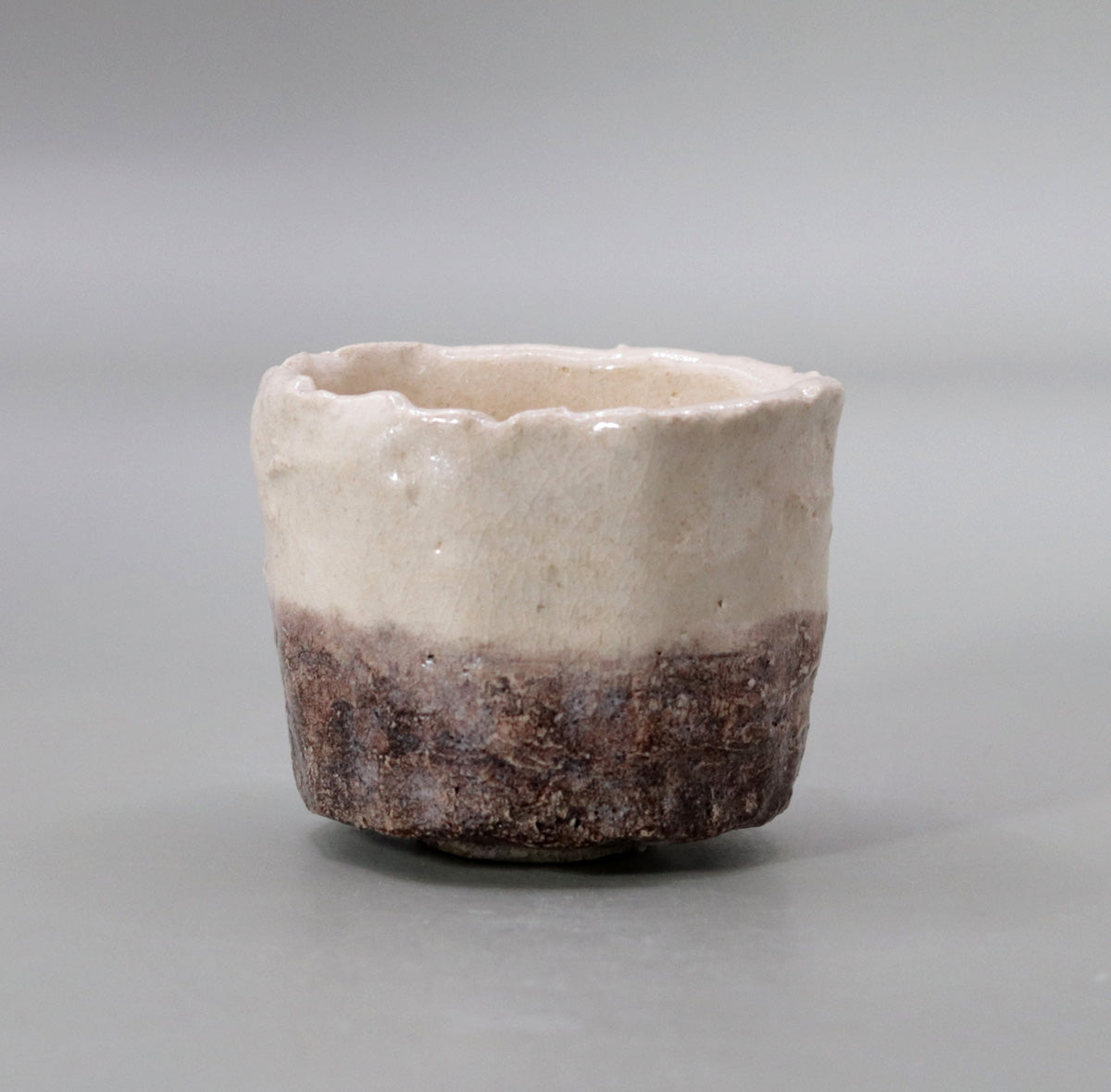
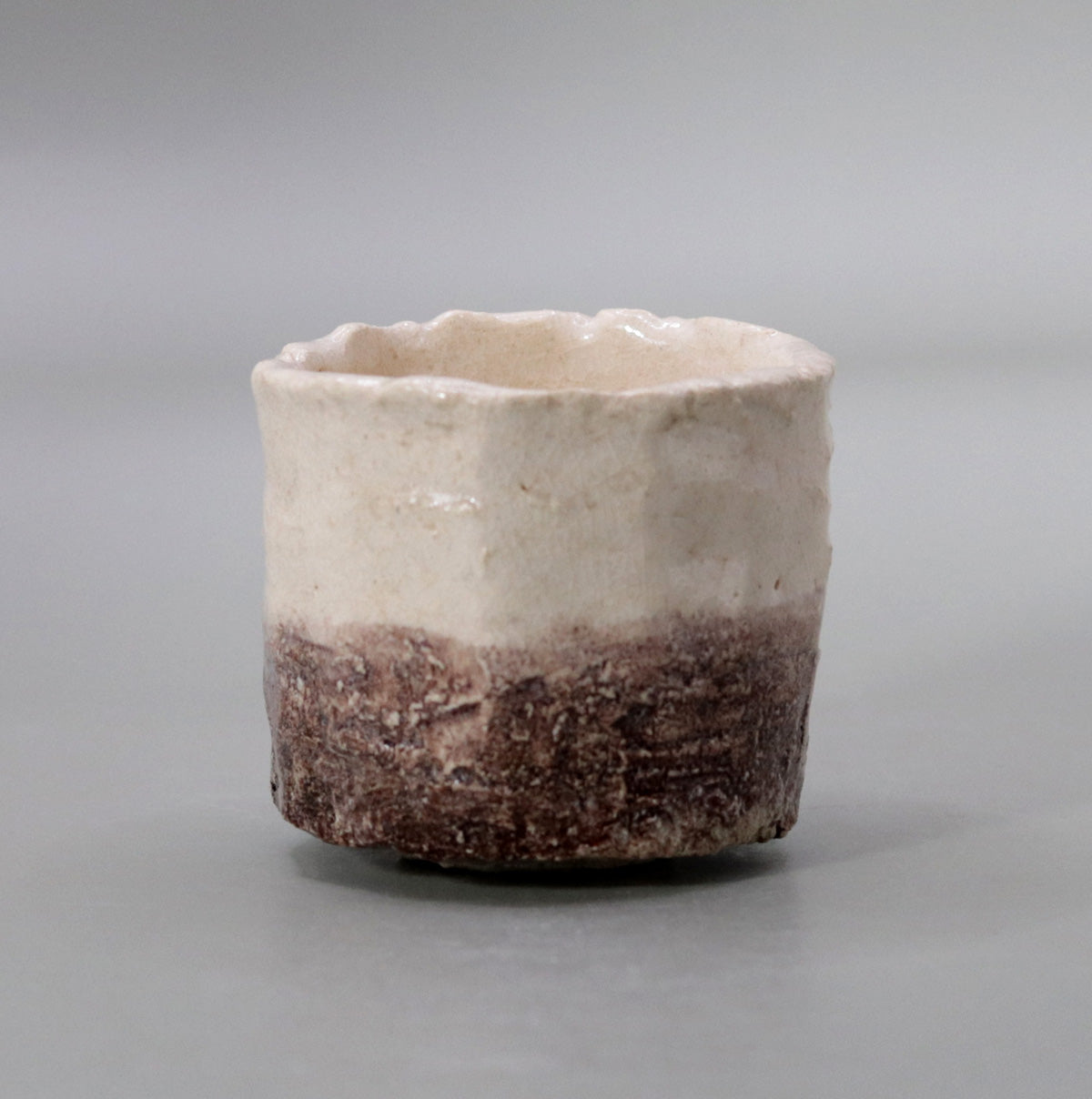
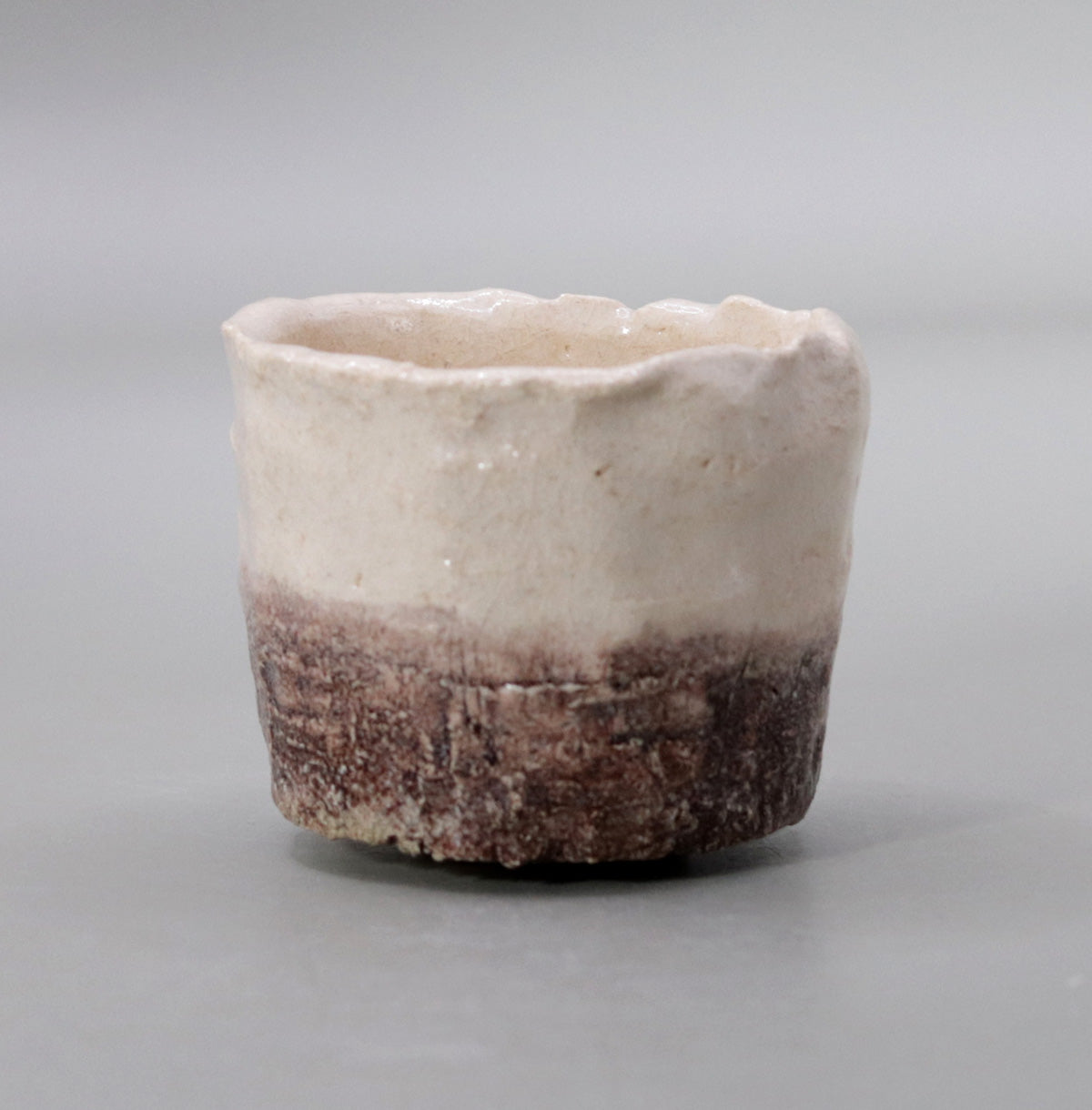
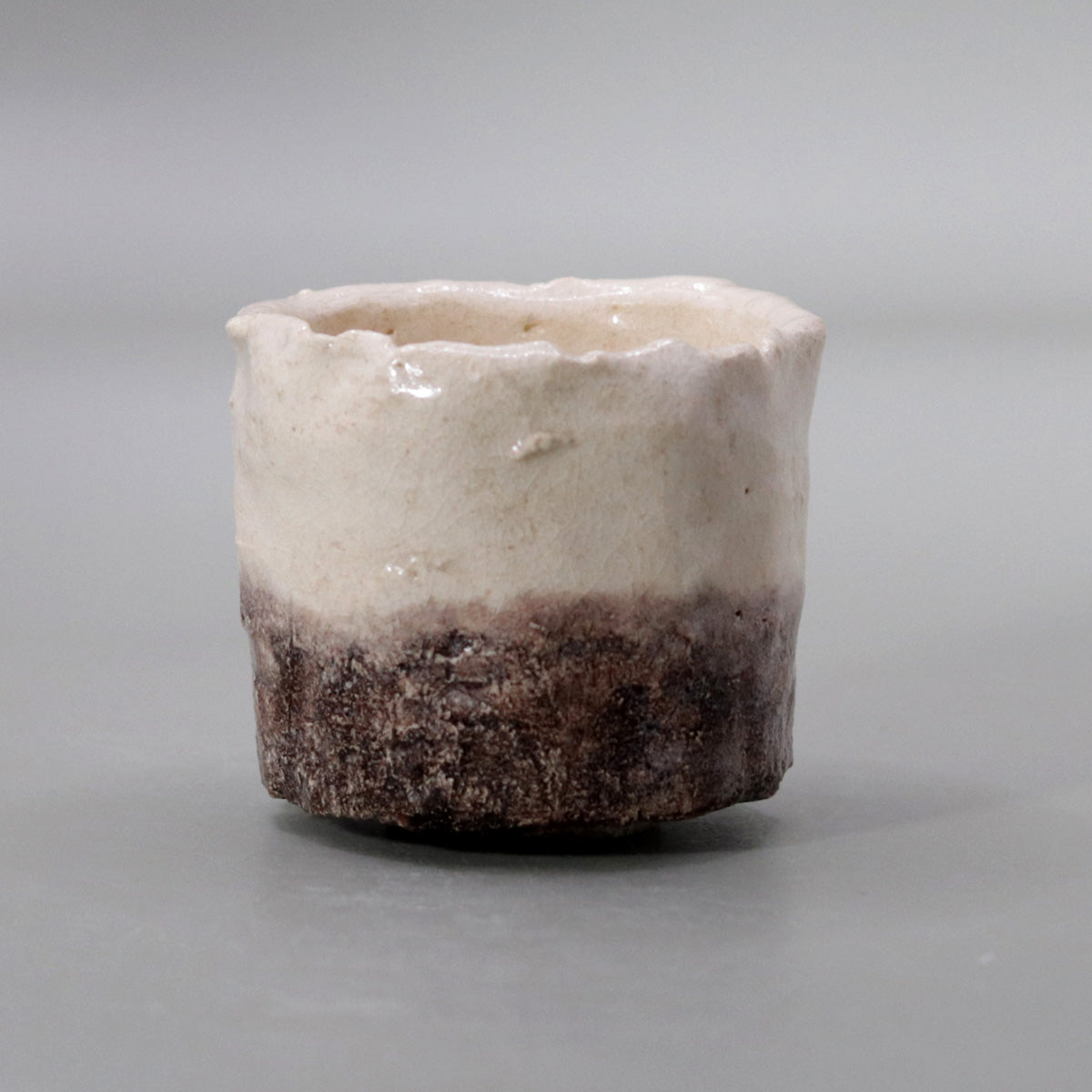
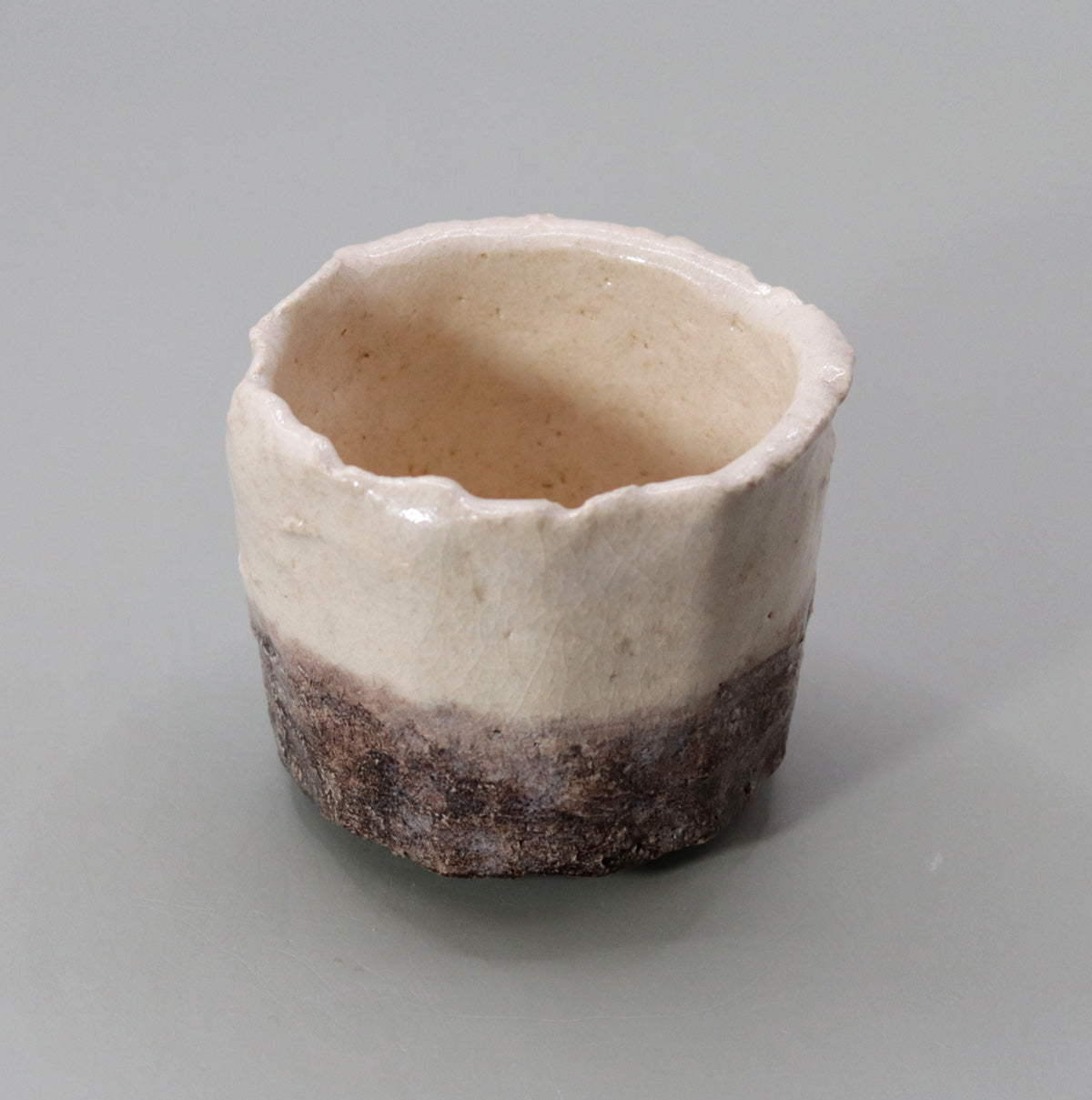
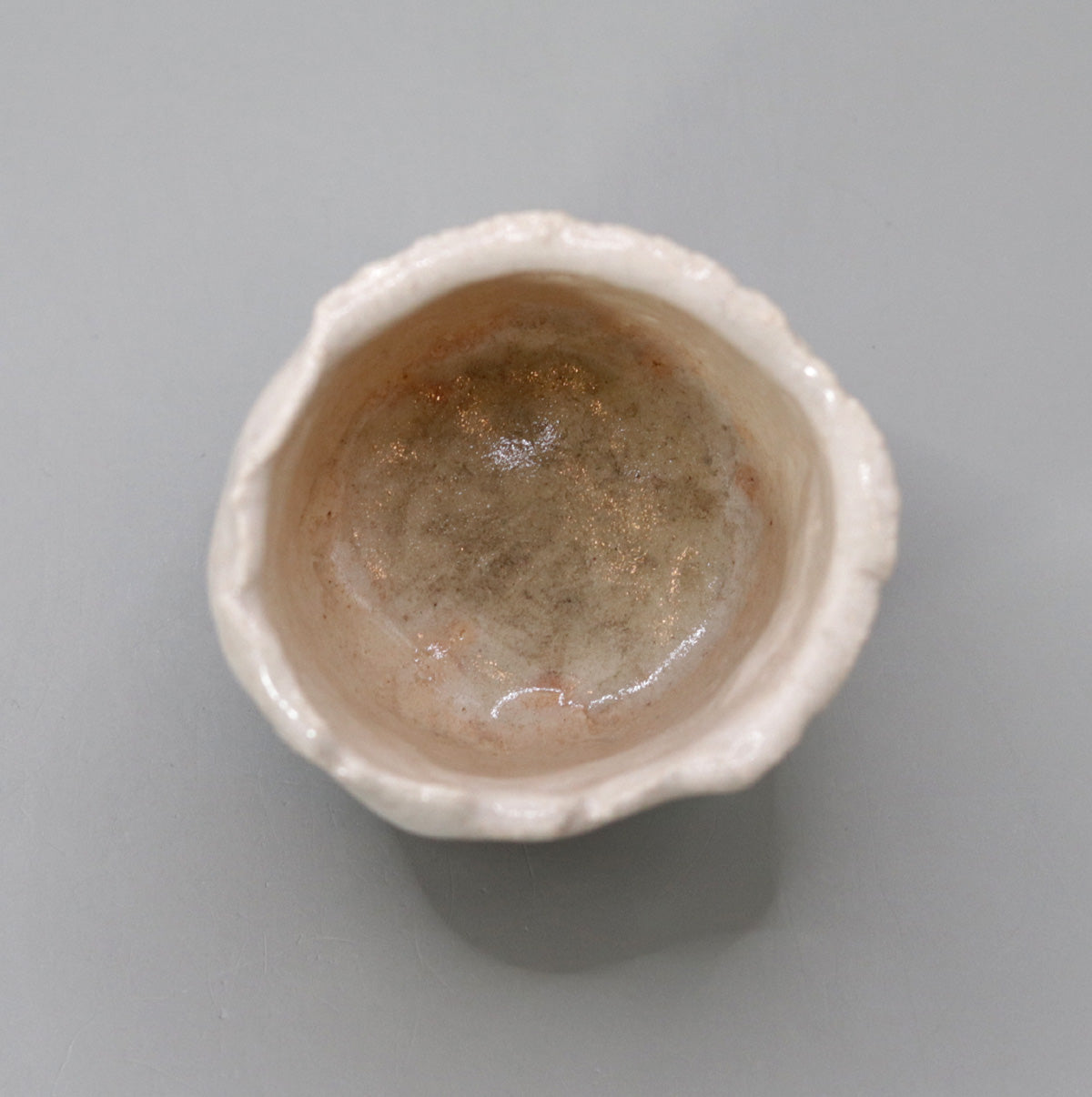
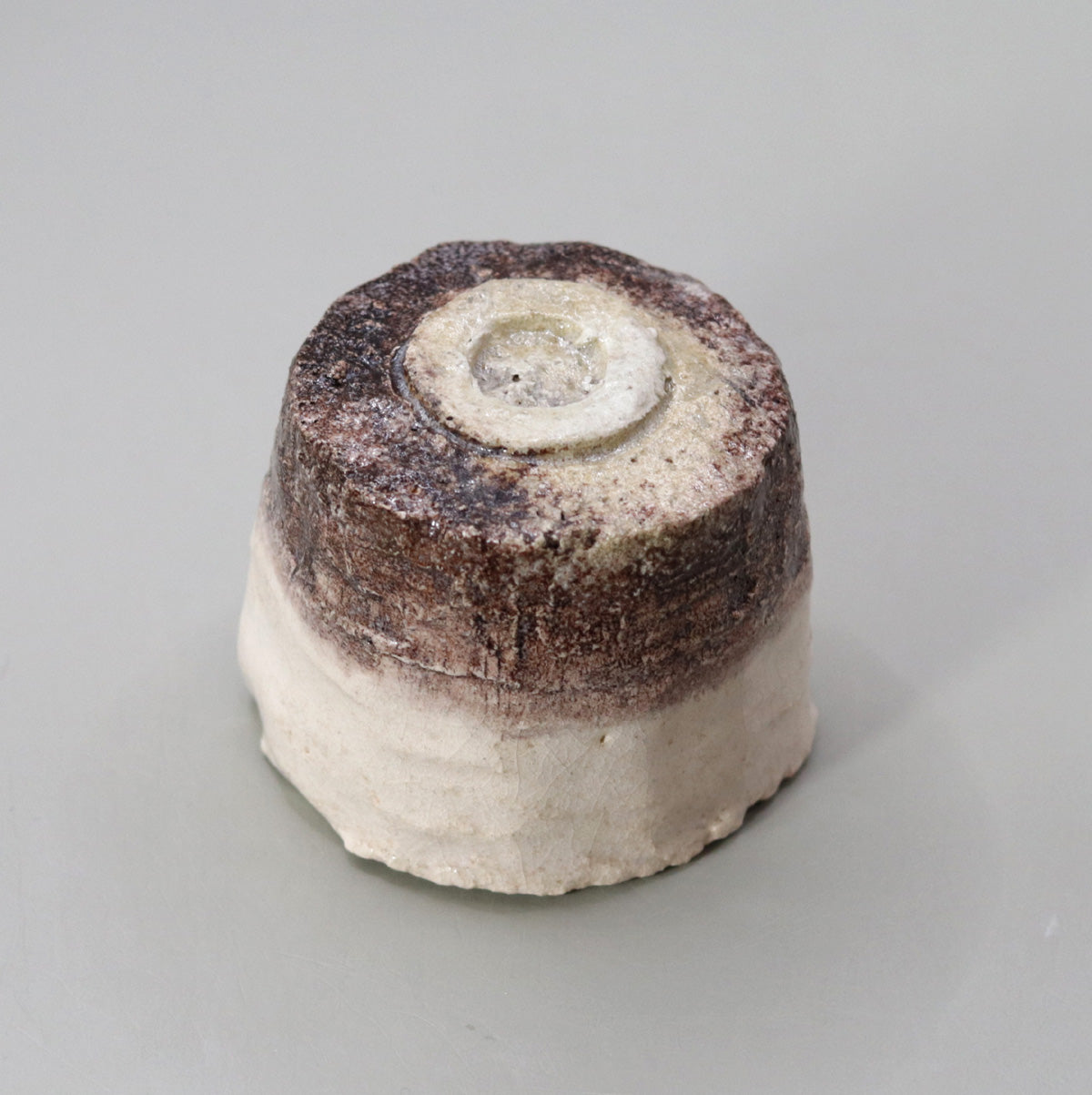
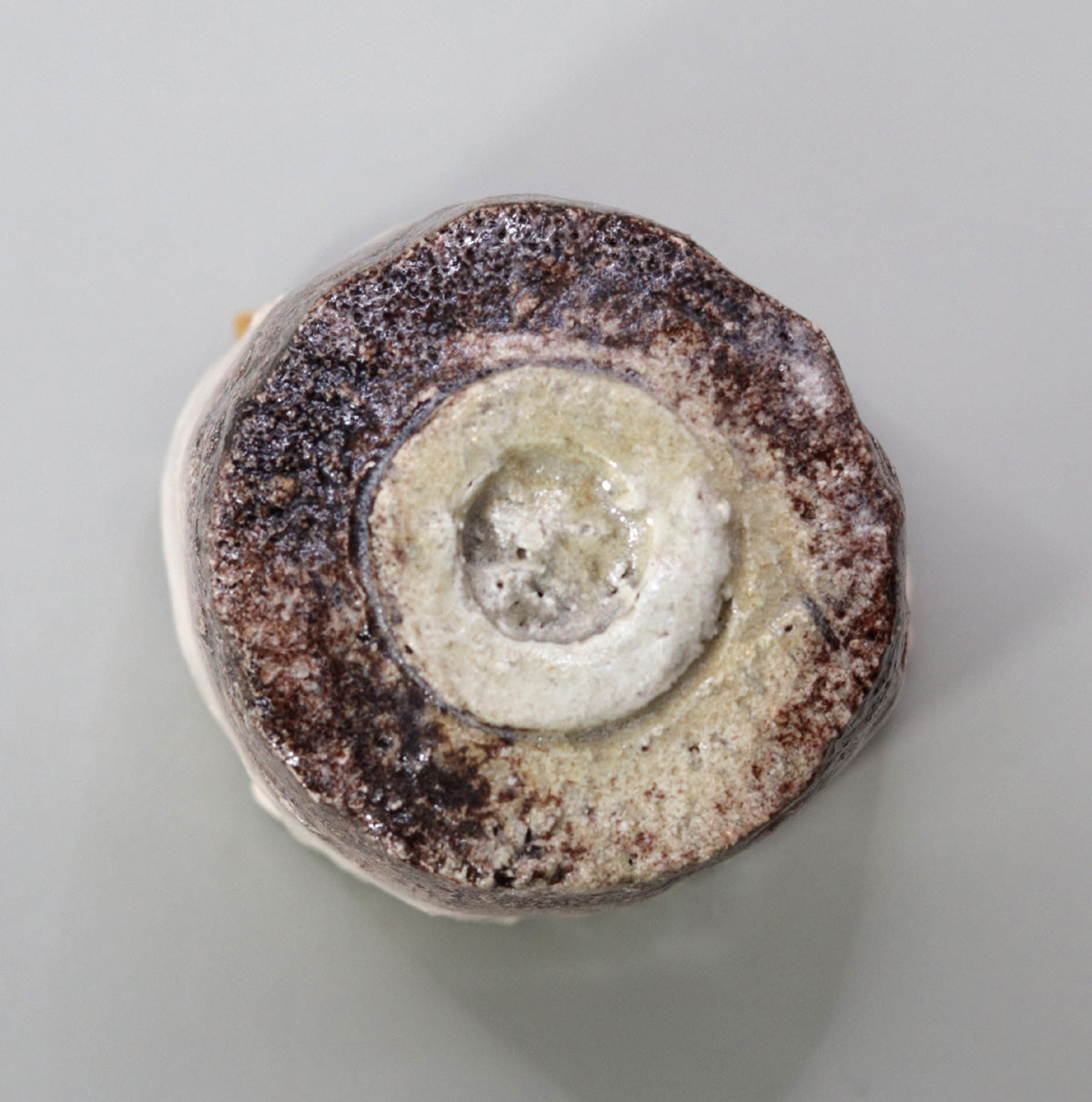
-
[I will send it to you quickly and carefully]
We carefully package each product in a way that suits it best.
Also, delivery times vary depending on the piece (vessel, etc.).
Items that already come with a box will be shipped within 1-3 days of the order date.
For items that require a box to be made after your order, it will take approximately 30 days for production to be completed and then shipped.
In either case, once we have confirmed your order, we will contact you by email to inform you of the delivery date.
-
[Requests when purchasing pottery]
Even products that look the same may differ slightly in color, shape, size, etc.
The way the glaze is used, the power of the kiln, the firing method, the season, and the humidity also affect the appearance of the pottery.
Please understand the individuality of each piece of pottery and enjoy the unique warmth of handmade.








